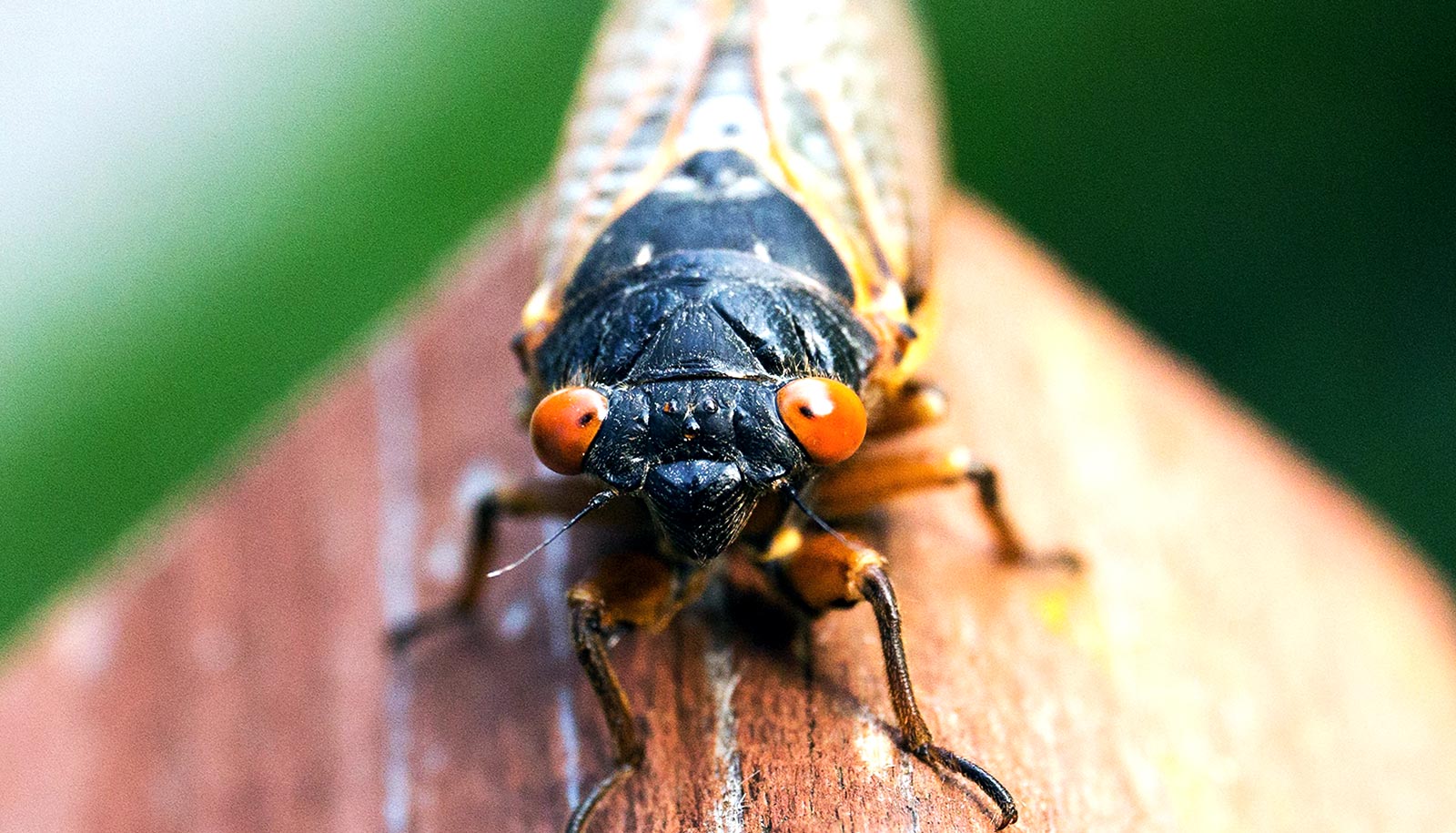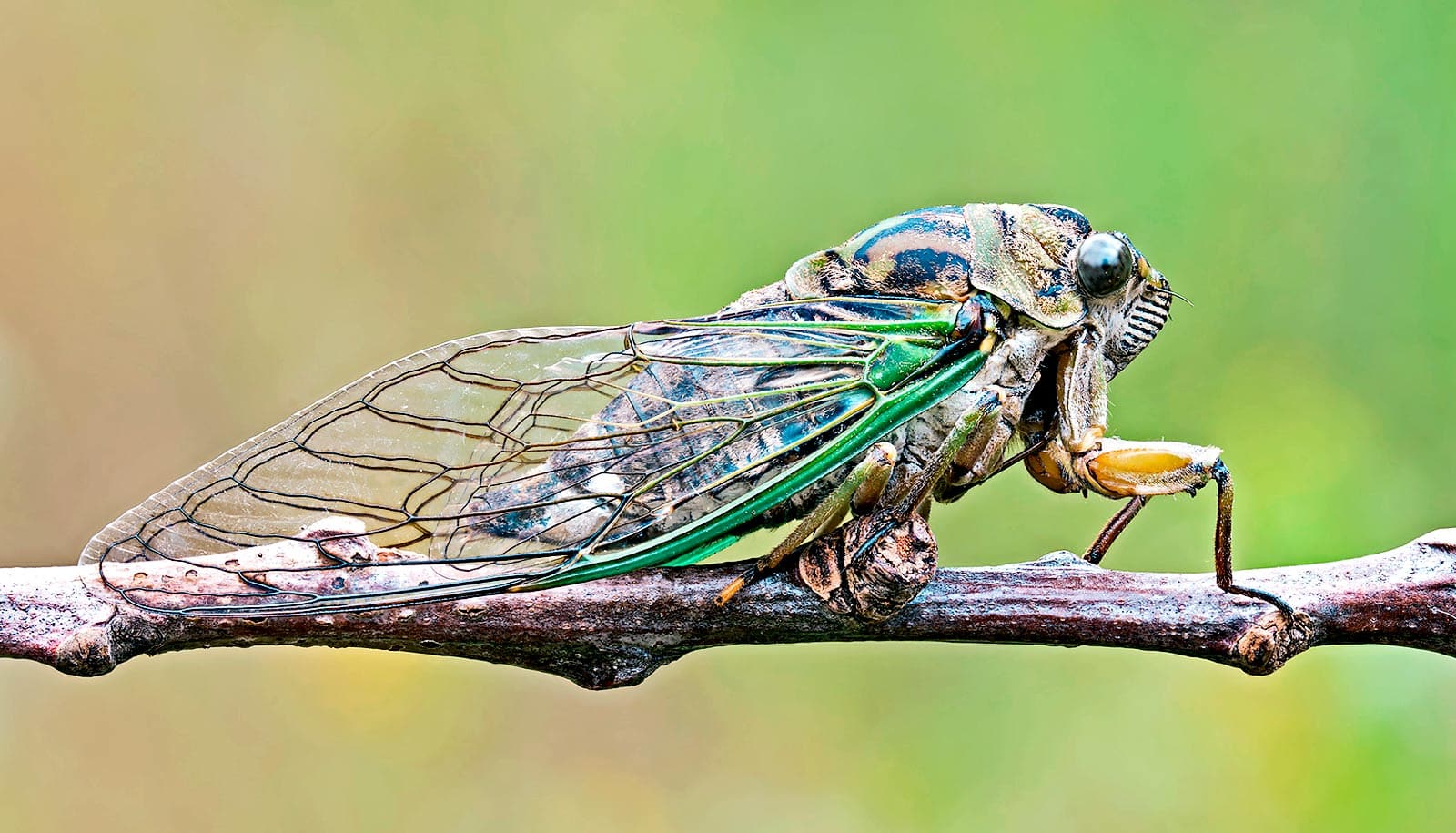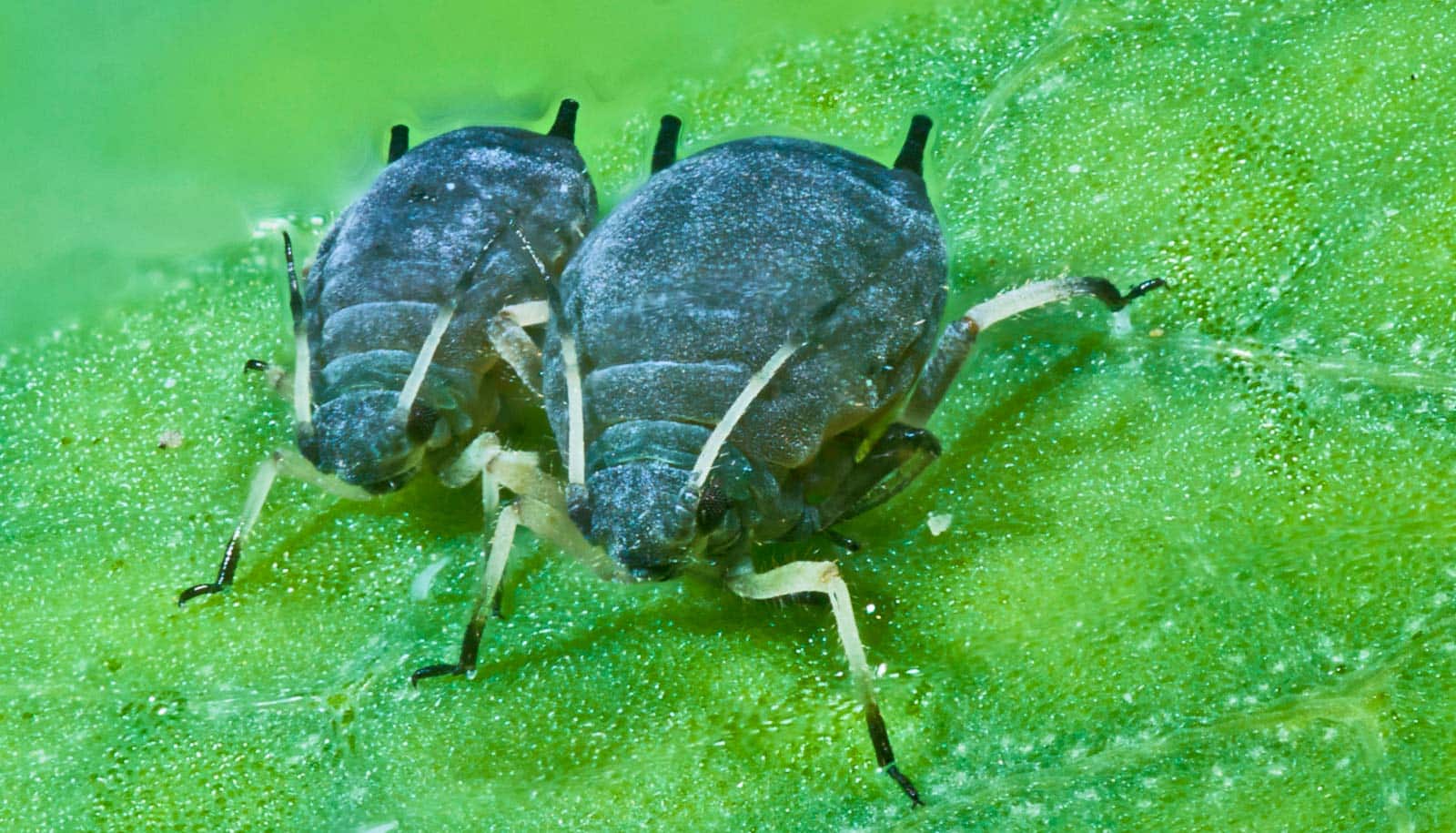After 17 years underground, cicadas will make their return in 2020—amassing in the millions in parks, woods, and other outdoor spaces.
While the numbers might seem alarming, never fear. The critters may prove a nuisance, but they’re actually harmless, says Gary Parsons, an entomologist at Michigan State University.
Here, Parsons digs into the life of a cicada, how they navigate their surfacing, and what the risks are that they’ll invade our homes as well as our yards:
What exactly are these bugs—beetles, wasps?
Cicadas are a type of insect that we generally do refer to as “bugs” in the order Hemiptera, suborder Auchenorrhyncha and family Cicadidae.
All these kinds of bugs are distinguished from other kinds of insects by having their mouthparts modified into the form of a slender, jointed beak for sucking up fluids.
Are they harmful to humans, animals, or property?
Cicadas do not bite and are harmless to humans and property—other than being a nuisance. They may amass in millions in parks, woods, neighborhoods, and seemingly be everywhere. When they are this abundant, they fly, land, and crawl everywhere, including occasionally landing on humans.
After mating, female cicadas do insert and lay their eggs inside slender stems and twigs of trees and shrubs. When the tiny nymphs hatch out, they drop to the ground, burrowing the soil and then find a root to suck fluids out of rot the next 13 or 17 years. The egg-laying often kills twigs and branches, effectively pruning back the trees or shrubs. But, sucking fluids from the roots seem to have little or no effect on the plants.
With millions of adult cicadas emerging at once, predators tend to have a feast on them. Sometimes dogs or pets will gorge on so many of them it will make them sick, but they are not toxic or otherwise harmful.
Is there anything humans could do to avoid cicadas getting into their homes like ants and spiders manage to do?
Cicadas will not enter homes, but they will amass and rest on outside walls. They only way they could get inside is accidentally flying in through an open door or window, or because they had landed on a person who then carried them inside unnoticed.
People may be familiar with the loud noises they make; what other characteristics do cicadas have?
Yes, the males of all species of cicadas sing to attract the females, and most people are familiar with their buzzing songs in the summer. However, cicadas are probably more famously known for their long lifecycles, especially the periodical cicadas which have either a 13 or 17-year lifecycle.
There are six species of periodical cicadas with populations scattered around the eastern United States that emerge in different years called broods. Each brood is isolated in a certain region and only emerges in that area in 13- or 17-year cycles and won’t be seen in the intervening years.
However, a different brood may be emerging elsewhere in the US during intervening years. So, nearly every year somewhere in the eastern US, a brood will be emerging. The 17-year broods seem to occur mostly in the northern US and 13-year broods emerge more to the south. In some years, both a 13- and 17-year brood will emerge, but not in the same location. In some years, no cicadas will emerge.
It is Brood IX (9) that is supposedly emerging this year and it will only be seen in the Mid-Atlantic states and nowhere else. It should already be emerging and it usually emerges in millions, which some find quite fascinating and others a major nuisance.
Brood X (10), the largest and most widespread brood in the US, is the only brood that can be found in Michigan. As far as I know, the only population still existing in Michigan occurs around Ann Arbor. It last emerged in 2004, so it is due to emerge again next year in 2021.
Since travel restrictions due to COVID-19 will prevent most folks from driving south to see this year’s emergence, they will just need to wait until next year and they can see them closer to home.
Annual cicadas, which are more commonly seen or heard here in Michigan, only have a three- or four-year life cycle. As their name implies, some emerge every year, and these are the ones we hear singing every summer. However, compared to the periodical cicadas, they emerge in much lower numbers in any given area. There are several species of annual cicadas here in Michigan and they can be distinguished by having different songs.
What environmental factors bring them out every 17 years (or is it a cycle that has been true to form through the years)? Is there anything different in 2020 than years before?
Periodical cicadas have been doing their 13 or 17-year cycles for probably millions of years. It is thought that by having the long life cycles, cicadas have prevented predators from specifically targeting them for food. Then by emerging in the millions all at once, they are too numerous for any predators that do eat them from ever wiping them out. There are so many of them that lots of them will always survive.
In the long ago past, it is likely the different broods were more widespread geographically. It is likely that urbanization, widespread commercial farming, and other factors have reduced and limited them over the years. You take away the trees and shrubs in forests and they don’t have the roots to feed on. Fortunately, they have adapted well to using street trees, parks, and yard trees as their hosts and can still survive in urbanized areas.
It is likely that Brood X was once more widespread in Michigan, and we have a few old records in our collection to support this. But in 2004, they were only reported from the area around Ann Arbor. The only thing special about 2020 is that it is the emergence year for Brood IX. As far as I know, no one has studied or even postulated what the effects of climate change may have on these cicada populations in the future.
What haven’t we heard about them before?
Almost every year a brood of cicadas emerges somewhere, and it usually makes a big splash in the news media. Some people will specifically travel around the US each year to these emergence areas just to experience the sound and numbers of insects. Some of these other broods emerge in states just south of Michigan and that sometimes gets notice here.
However, since only the one brood emerges in Michigan—only once each 17 years—and then only very locally, they just don’t quite get the same attention here as they might elsewhere. And Brood X is the largest and most widespread brood so it is likely that areas south of Michigan, where it also occurs, will get much more media attention.
Meanwhile, our little Michigan population goes mostly unnoticed by comparison. So next year when our cicadas emerge, you can play it up and give some people in Michigan the opportunity for an experience they probably won’t forget!
Source: Michigan State University



